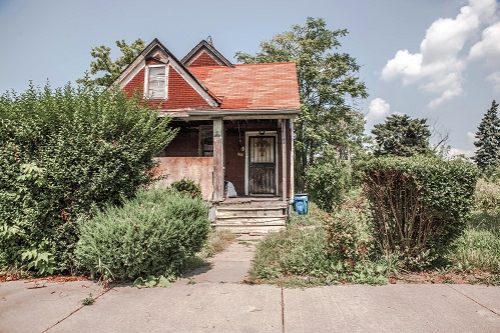Does homeowners insurance cover theft and break-ins?
Homeowners insurance covers break-ins and theft. While there is no specific homeowners insurance theft coverage, the personal property section of your policy covers this type of loss.
The amount that your policy will pay for stolen property will vary based on the coverage amount on your policy, the type of insurance you have, and other factors.
How much does homeowners insurance cover for theft?
Your homeowners insurance policy has a set coverage amount for personal property. It’s a percentage of your dwelling coverage; usually, it’s between 50% and 70% of that amount. So, how much coverage you have for theft of personal property depends on the amount of your dwelling coverage and the percentage set in the policy.
Additionally, there are special limits on some types of personal property. Common ones include:
- Jewelry
- Gold and silver
- Furs
- Fine art and collectibles
- Sports equipment
- Computers
- Business equipment
- Cash and credit cards
These often have limits ranging from $1,500 to $2,500. You can increase that coverage and also purchase a scheduled personal property floater for individual high-value items.
Actual cash value vs. replacement cost value
There are two methods insurance companies use to determine what you’ll get after a theft claim: actual cash value or replacement cost value.
Despite its name, actual cash value doesn’t mean your insurance company will pay the sticker price on the item. ACV means the insurance company will pay out the replacement value of the stolen item minus depreciation.
So let’s say your five-year-old 60-inch television was stolen. That TV would cost $5,000 to replace with a similar model today. If the insurer determines the TV has depreciated 20%, you’ll get $3,000 back after your deductible ($5,000 - $1,000 deductible - $1,000 depreciation = $3,000 payout).
A policy that pays out replacement cost value will pay the amount needed to buy a similar, brand-new version of the stolen item. So, using the same TV as before, if it was stolen and your plan had RCV as part of the personal property part of the policy your insurer will buy a new television to replace it. Even if the price of a 60-inch TV has changed, you’ll get enough to buy a new one.
Standard home insurance policies use ACV for personal property coverage, although you can add an RCV endorsement for an additional premium.
Do I need supplemental coverage for high-value belongings?
If you have high-value belongings, supplemental coverage guarantees is a necessity. A good example is if you have a very expensive diamond ring, worth say, $25,000. With a limit of $2,500 on jewelry, that pricey ring will not be adequately protected. You can buy supplemental coverage for that ring.
Another name for this type of coverage is a scheduled personal property rider. It is something to add to your base insurance plan to expand your coverage to cover these high-value items. These types of riders insure high-value items for their full value for an additional cost.
Keeping your high-value items safely secured can reduce the cost of insuring them, according to Josiah Hatch, the CEO of Bender Hatch Insurance in Boston.
“Companies are always going to give a favorable rate if there are protections in place like a wall safe or if people vault it,” Hatch said. “Some people bank vault their jewelry. Someone might have a nice pearl or diamond necklace they take out once or twice a year, and otherwise, it lives at the bank.”
How to file a homeowners insurance theft claim
The home theft insurance claim process can be tricky because it involves many steps.
Before you do anything else, file a police report. That must be your first step as insurance companies will deny theft claims without a police report to prevent fraud.
Once that’s been sorted, contact your insurance provider and give them as much information as possible to open the claim. This means everything from the make and model of the stolen things to what you paid for them and their age. Having a good home inventory readily available will make this a lot easier, so experts recommend that everyone create one and keep it in a safe place.
The insurance company will then send an investigator to verify your claim and help you get any additional information or paperwork you might need to settle the claim.
The last step will be settling the claim and getting paid what’s covered minus the deductible and any depreciation.
FAQ: Home insurance and theft
Does home insurance cover theft away from home?
Yes, your policy will cover your property even if you are away from home. So if something is stolen on vacation, for example, it will be covered. However, there are reduced limits on items stolen away from home, usually 10% of the personal property coverage.
Does home insurance cover items stolen from a car?
Yes, home insurance will cover items stolen from your car. However, if the car itself is stolen, even if parked on your property, it will be covered by your auto insurance policy.





